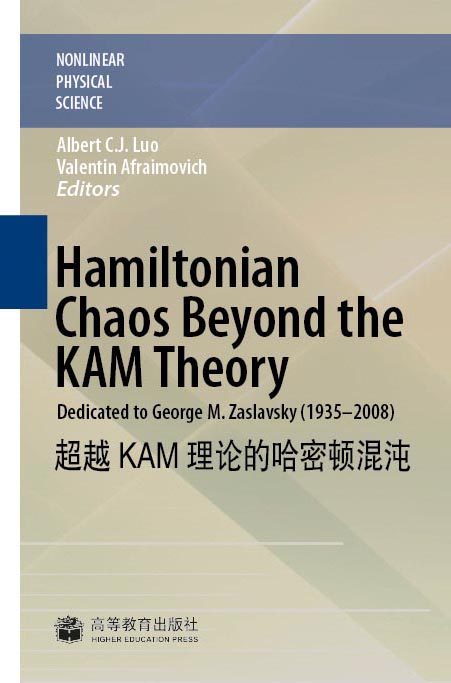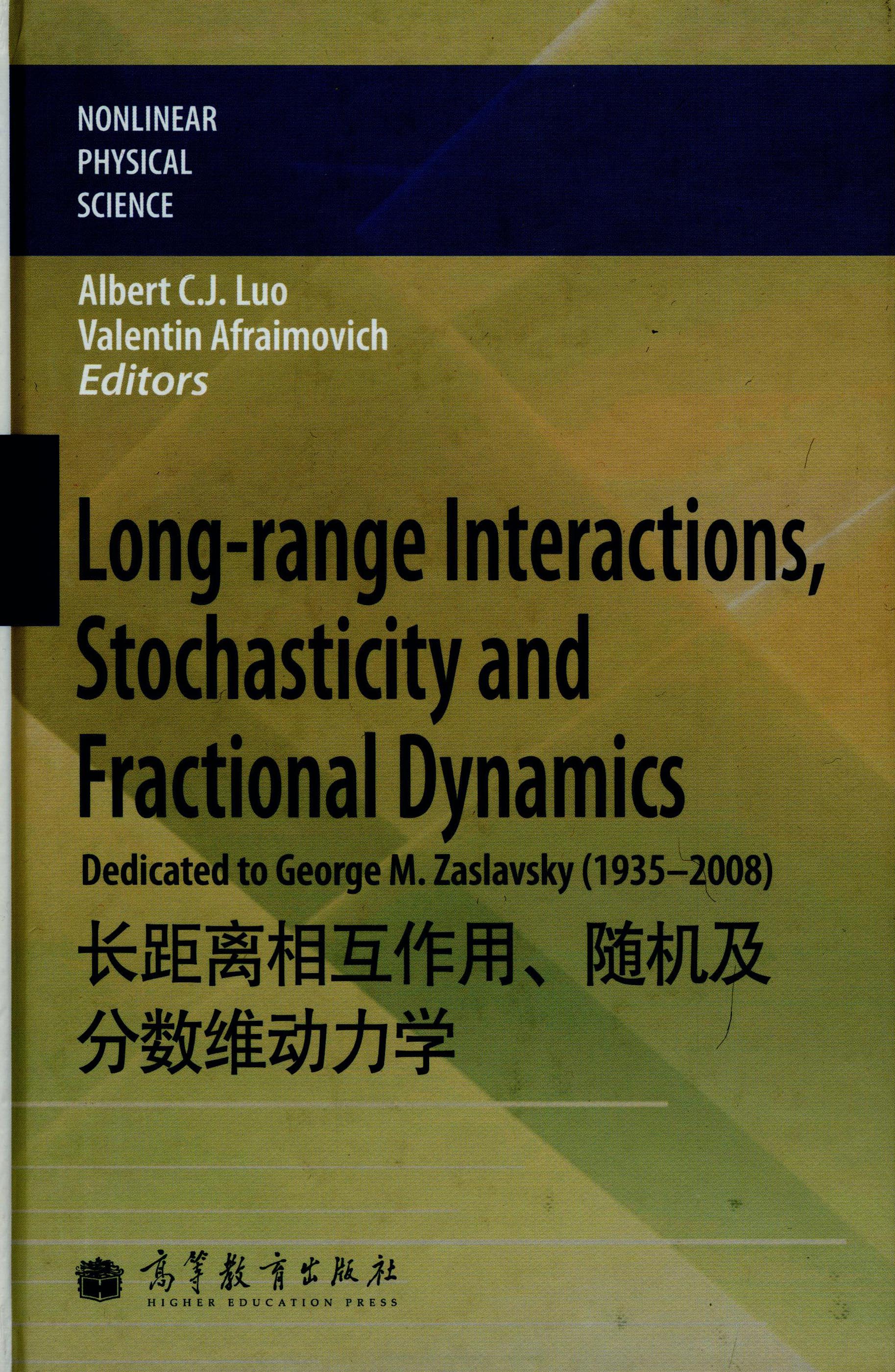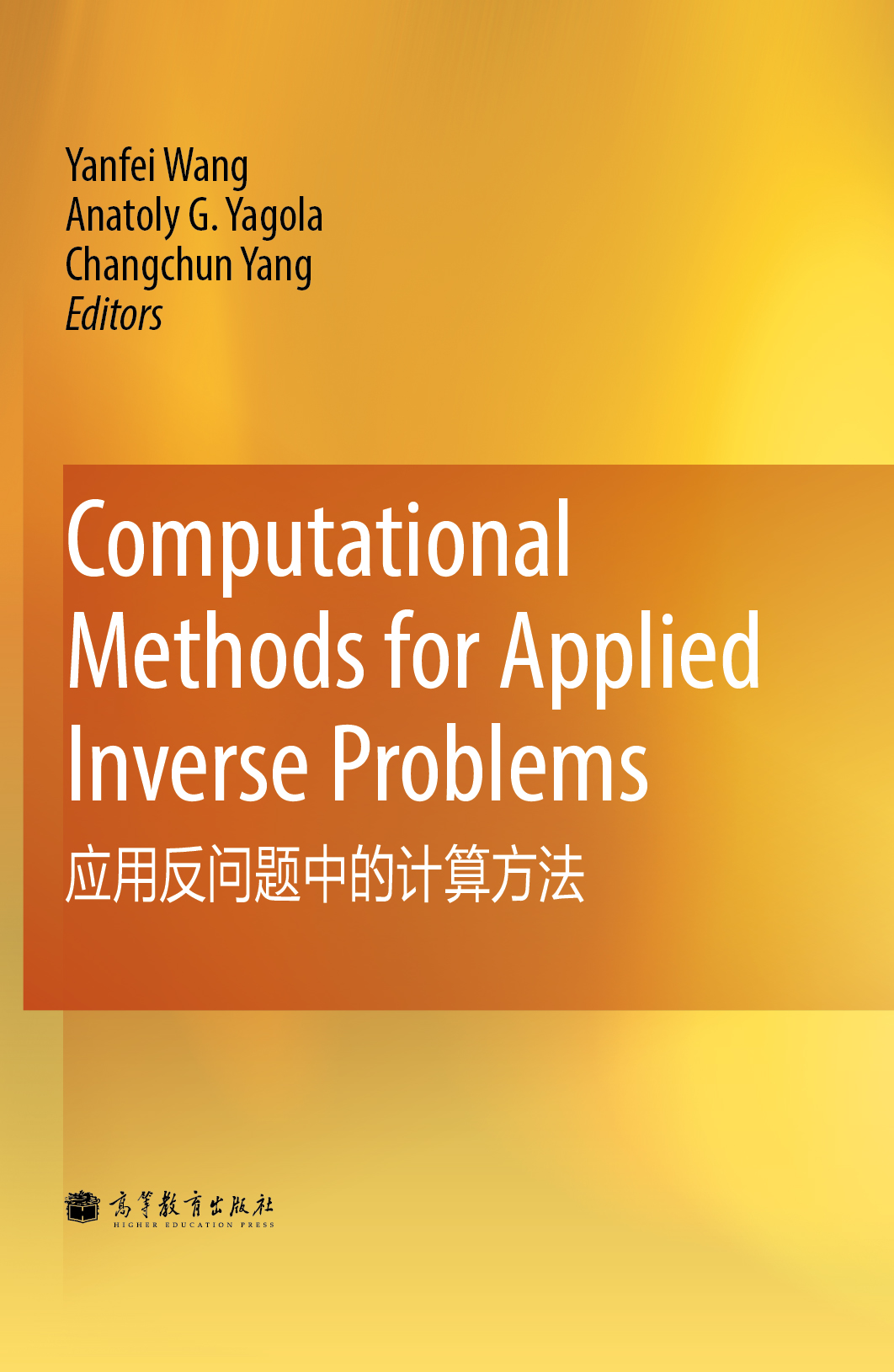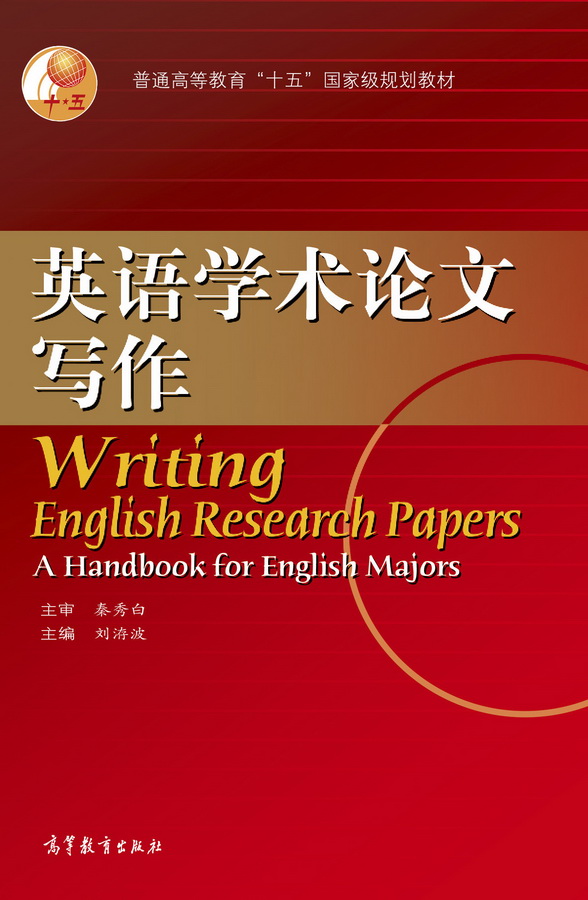超越KAM理论的哈密顿混沌(英文版)
作者: 罗朝俊,Valentin Afraimovich主编
出版时间:2010-06
出版社:高等教育出版社
- 高等教育出版社
- 9787040291872
- 1版
- 227492
- 48266039-6
- 精装
- 异16开
- 2010-06
- 420
- 316
- 理学
- 数学类
- O151.21
- 物理、数学
- 研究生及以上
Hamiltonian Chaos Beyond the KAM Theory Dedicated to George M. Zaslavsky (1935-2008) covers the recent developments and advances in the theory and application of Hamiltonian chaos in nonlinear Hamiltonian systems. The book is dedicated to Dr. George Zaslavsky, who was one of three founders of the theory of Hamiltonian chaos. Each chapter in this book was written by well-established scientists in the field of nonlinear Hamiltonian systems. The development presented in this book goes beyond the KAM theory, and the onset and disappearance of chaos in the stochastic and resonant layers of nonlinear Hamiltonian systems are predicted analytically, instead of qualitatively.
The book is intended for researchers in the field of nonlinear dynamics in mathematics, physics and engineering.
front matter
1 Stochastic and Resonant Layers in Nonlinear Hamiltonian SystemsAlbert C.J. Luo
1.1 Introduction
1.2 Stochastic layers
1.2.1 Geometrical description
1.2.2 Approximate criterions
1.3 Resonant layers
1.3.1 Layer dynamics
1.3.2 Approximate criterions
1.4 A periodically forced Duffing oscillator
1.4.1 Approximate predictions
1.4.2 Numerical illustrations
1.5 Discussions
References
2 A New Approach to the Treatment of Separatrix Chaos and Its ApplicationsS.M. Soskin, R. Mannella, O.M. Yevtushenko, I.A. Khovanov,P.V.E. McClintock
2.1 Introduction
2.1.1 Heuristic results
2.1.2 Mathematical and accurate physical results
2.1.3 Numerical evidence for high peaks in D E(wf ) andtheir rough estimations
2.1.4 Accurate description of the peaks and of therelated phenomena
2.2 Basic ideas of the approach
2.3 Single-separatrix chaotic layer
2.3.1 Rough estimates. Classification of systems
2.3.2 Asymptotic theory for systems of type I
2.3.3 Asymptotic theory for systems of type II
2.3.4 Estimate of the next-order corrections
2.3.5 Discussion
2.4 Double-separatrix chaos
2.4.1 Asymptotic theory for the minima of the spikes
2.4.2 Theory of the spikes’ wings
2.4.3 Generalizations and applications
2.5 Enlargement of a low-dimensional stochastic web
2.5.1 Slow modulation of the wave angle
2.5.2 Application to semiconductor superlattices
2.5.3 Discussion
2.6 Conclusions
2.7 Appendix
2.7.1 Lower chaotic layer
2.7.2 Upper chaotic layer
References
3 Hamiltonian Chaos and Anomalous Transport in Two Dimensional FlowsXavier Leoncini
3.1 Introduction
3.2 Point vortices and passive tracers advection
3.2.1 Definitions
3.2.2 Chaotic advection
3.3 A system of point vortices
3.3.1 Definitions
3.4 Dynamics of systems with two or three point vortices
3.4.1 Dynamics of two vortices
3.4.2 Dynamics of three vortices
3.5 Vortex collapse and near collapse dynamics of point vortices
3.5.1 Vortex collapse
3.5.2 Vortex dynamics in the vicinity of the singularity
3.6 Chaotic advection and anomalous transport
3.6.1 A brief history
3.6.2 Definitions
3.6.3 Anomalous transport in incompressible flows
3.6.4 Tracers (passive particles) dynamics
3.6.5 Transport properties
3.6.6 Origin of anomalous transport
3.6.7 General remarks
3.7 Beyond characterizing transport
3.7.1 Chaos of field lines
3.7.2 Local Hamiltonian dynamics
3.7.3 An ABC type flow
3.8 Targeted mixing in an array of alternating vortices
3.9 Conclusion
References
4 Hamiltonian Chaos with a Cold Atom in an Optical LatticeS.V. Prants
4.1 Short historical background
4.2 Introduction
4.3 Semiclassical dynamics
4.3.1 Hamilton-Schr¨odinger equations of motion
4.3.2 Regimes of motion
4.3.3 Stochastic map for chaotic atomic transport
4.3.4 Statistical properties of chaotic transport
4.3.5 Dynamical fractals
4.4 Quantum dynamics
4.5 Dressed states picture and nonadiabatic transitions
4.5.1 Wave packet motion in the momentum space
4.6 Quantum-classical correspondence and manifestations of dynamical chaos in wave-packet atomic motion
References
5 Using StochasticWebs to Control the Quantum Transport of Electrons in Semiconductor SuperlatticesT.M. Fromhold, A.A. Krokhin, S. Bujkiewicz, P.B. Wilkinson,D. Fowler, A. Patan`e, L. Eaves, D.P.A. Hardwick, A.G. Balanov,M.T. Greenaway, A. Henning
5.1 Introduction
5.2 Superlattice structures
5.3 Semiclassical electron dynamics
5.4 Electron drift velocity
5.5 Current-voltage characteristics: theory and experiment
5.6 Electrostatics and charge domain structure
5.7 Tailoring the SL structure to increase the number of conductance resonances
5.9 Summary and outlook
References
6 Chaos in Ocean AcousticWaveguide A.L. Virovlyansky
6.1 Introduction
6.2 Basic equations
6.2.1 Parabolic equation approximation
6.2.2 Geometrical optics. Hamiltonian formalism
6.2.3 Modal representation of the wave field
6.2.4 Ray-based description of normal modes
6.3 Ray chaos
6.3.1 Statistical description of chaotic rays
6.3.2 Environmental model
6.3.3 Wiener process approximation
6.3.4 Distribution of ray parameters
6.3.5 Smoothed intensity of the wave field
6.4 Ray travel times
6.4.1 Timefront
6.4.2 Statistics of ray travel times
6.5 Modal structure of the wave field under conditions of ray chaos
6.5.1 Coarse-grained energy distribution between normal modes
6.5.2 Transient wave field
6.6 Conclusion
References
彩图
版权









